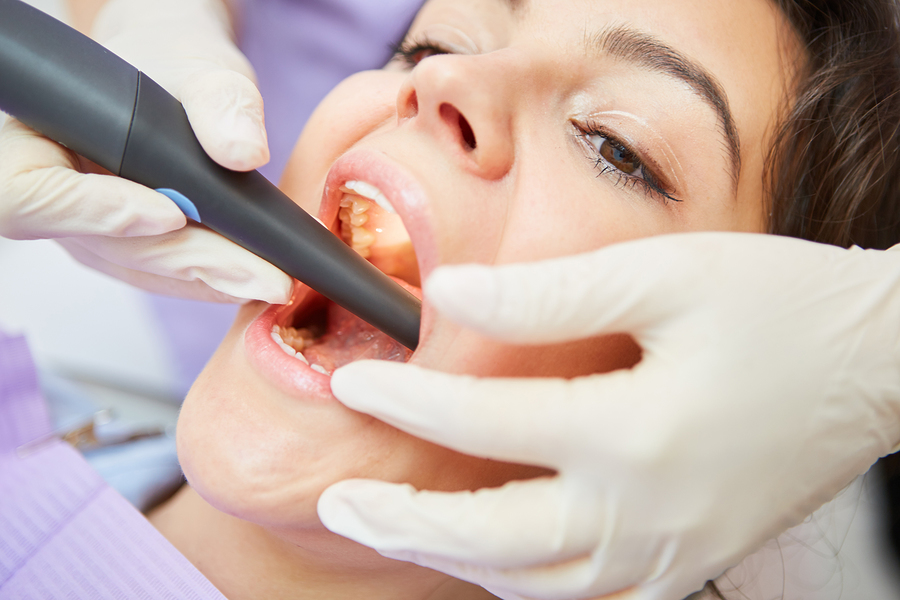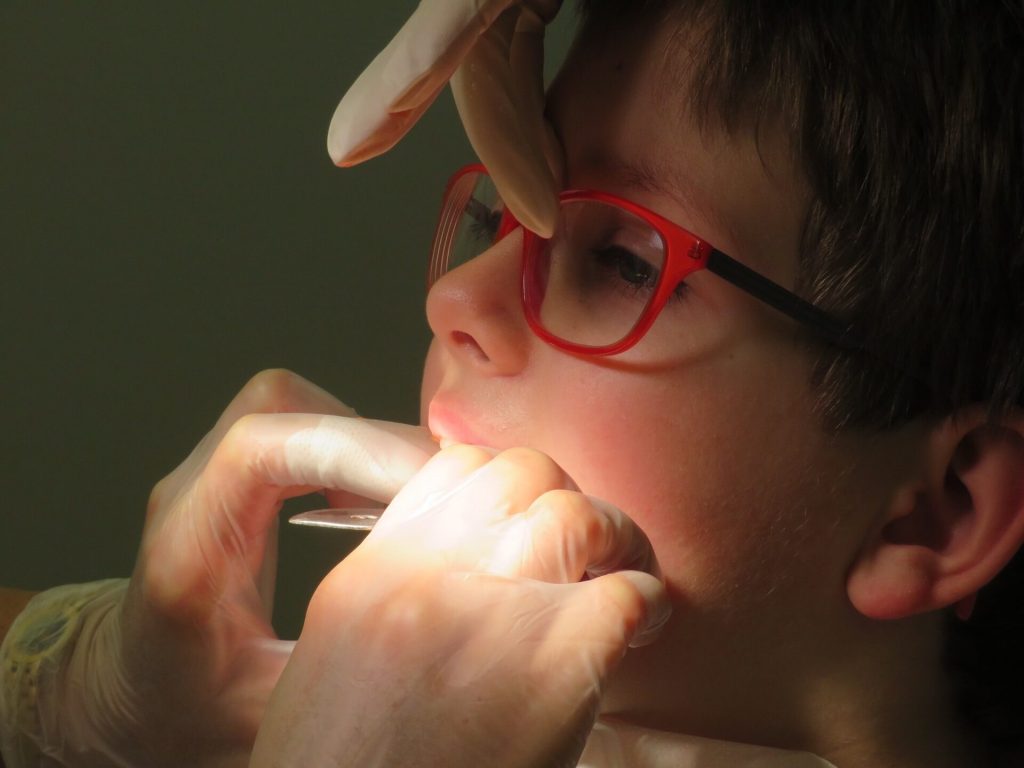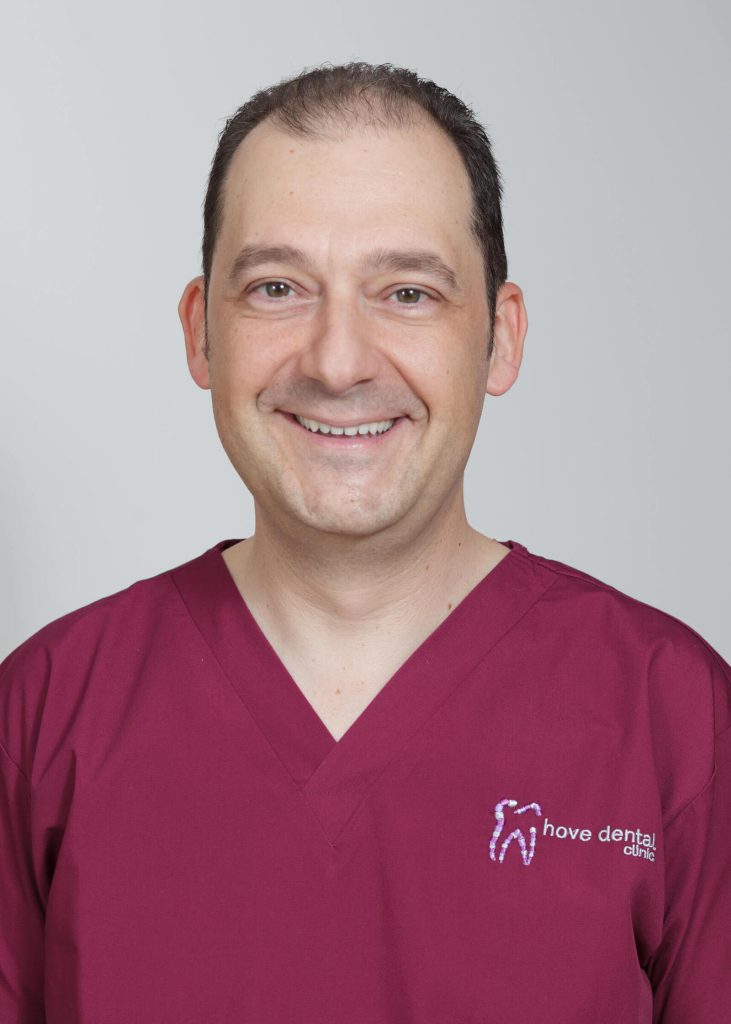
Tooth fillings
Understanding what a filling is and when you need to seek dental intervention is important for the continued health of your teeth and gums. At Hove Dental Clinic, we provide exceptional treatments for cavities using state of the art composite fillings.
To book your appointment and reduce tooth pain today.
Alternatively, if you’re not sure if you require a filling, please continue reading to learn all you need to know about fillings and cavities.
What is a tooth filling?

A tooth filling is used to repair a hole in your tooth (known as a cavity) or fill an area of a tooth that has become damaged through accident or decay. The filling is able to effectively repair the damaged tooth and stop the risk of infection. If you do not have the cavity filled or repaired, this will greatly increase the chance of the tooth becoming infected.
If you have recently experienced injury or trauma that has left your tooth or teeth damaged, please seek immediate dental intervention.
Why you may need a dental filling?

There are various different types of dental braces to choose from. The methods you select will be based on your own personal preferences and advice from your dentist or orthodontist. Take a look at the options we provide at Hove Dental Clinic.
Maybe you have recently noticed a change in tooth sensation, you have suffered an injury resulting in a chipped tooth, or you have ignored the cavity and it has now become infected, these are the most common causes for requiring a filling. Both children and adults can require fillings.
Here are the most common reasons you may require a filling:
Damaged or chipped teeth
Damaged or chipped teeth create gaps and holes in the tooth, which allows bacteria to form over time. Even if you follow a rigorous oral health routine and floss regularly, a damaged tooth will not heal itself. The longer you leave it, the more bacteria will enter, which can lead to infection and even destruction of the tooth.
Acid erosion
The enamel of your teeth (the coating that forms the outer layer of your teeth) can become worn down by overexposure to acids. These acids are commonly found in fizzy drinks and food, and can also be heightened if you suffer from medical conditions like axed reflux.
Decay
Decay is the most common reason patients require fillings. When oral hygiene standards are not met and dentist appointments are avoided, the build-up of bacteria can form plaque, and when this bacteria feeds on the leftover sugars of food and drink, it can slowly wear down your enamel, causing cavities.When they are left, the cavities grow bigger and bigger until the tooth becomes severely infected.
Grinding
People who often find themselves grinding their teeth may suffer from cavities due to the extra pressure they apply to their teeth. This condition is known as bruxism, and can be treated in a number of ways, one of which is our Sleep Clench Inhibitor. You may also want to consider whether your lifestyle is impacting your teeth grinding, for example people who are highly stressed or anxious often grind their teeth in their sleep.
There are various different types of dental braces to choose from. The methods you select will be based on your own personal preferences and advice from your dentist or orthodontist. Take a look at the options we provide at Hove Dental Clinic.

What’s involved with a dental filling?
In some cases modern filling materials do not require tooth removal to repair the teeth, but If necessary, your dentist may numb the area to be treated, usually with injections of local anaesthetic.
Then they will remove any decayed or weakened parts of the tooth. Next, they’ll shape, clean and dry the remaining tooth so it can take the filling.
Finally, they’ll fill the cavity with an amalgam or composite filling and then check that your bite still feels right when you put your teeth together.
Which Type of Dental Filling is Best?

The earliest recorded presence of braces, or a form of braces being used, was in ancient Egypt. Evidence suggests that the first teeth straightening appliances used by the Egyptians were made from cord and animal skin. The cord wrapped around the teeth in a similar way to how modern metal braces operate. Thankfully, we no longer use cord and our hygiene and preparation techniques have been significantly modified.
No one type of filling is best for everyone. What’s right for you will be determined by the extent of the repair, whether you have allergies to certain materials, where in your mouth the filling is needed, and the cost. Considerations for different materials include:
What’s the difference between a filling and a crown?
A crown is a type of cap that completely covers a real tooth.
Crowns available on the NHS can be:
- all metal (such as gold or another alloy)
- porcelain fused to metal
- all resin
- all ceramic
- stainless steel – used to preserve badly decayed baby teeth in children, or as a temporary measure on permanent teeth
Your dentist will offer you the type of crown they consider clinically necessary.
Frequently Asked Questions About Dental Braces
How can you avoid fillings in future?
The need for a filling is common among adults and is not considered a major procedure. However, there are some simple ways to avoid the risk of cavities, and this begins by following a simple and healthy oral hygiene routine. Here are key points to follow:
- Avoiding the obvious, such as sugary foods and drinks (this includes overindulging in coffee) will dramatically reduce your risk of developing cavities.
- Brushing and flossing twice a day – the vast majority of people brush their teeth twice a day, but only 30% of people floss regularly.
- .attending routine checkups – visiting your dentist every six months will drastically reduce the risk of you developing cavities, or if you have, your dentist will be able to provide effective treatment before the problem worsens.
- Using an electric toothbrush (with soft bristles) to ensure you tend to those hard to reach places
Be sure to check in with your dnesit once every six months to ensure there are no underlying symptoms. Cavities can go undetected, especially if there has been no recent trauma or recent suspect cracking in the tooth or teeth.
Are fillings painful?
Having a filling is not a painful procedure and in some cases you may not even require a numbing agent. The only time you may feel some minor discomfort is if a local anaesthetic is applied, but again, this paid is almost non-existent. Regardless of your treatment path, you will be awake during your procedure and able to fully interact with your dentist and even ask to take breaks if that makes you feel more comfortable.
How much will my tooth filling cost?
Hove Dental Clinic uses composite restorations, which are white, amalgam free fillings made from composite resins and ceramic. This type of filling will replace failing amalgam fillings to re-invigorate and improve the strength and durability of your teeth. They are also designed to match the exact colour of your natural teeth.
Prices for composite fillings start from £130.

Do you need a tooth filling?
At Hove Dental Clinic, we specialise in providing patients with exceptional dental care and composite fillings that mimic the natural colour of your teeth and provide long-lasting protection.
Prices for composite fillings start at £130, contact our team today to book your checkup.
When you book in to see us, you will receive exceptional care and aftercare advice should you require it.





















